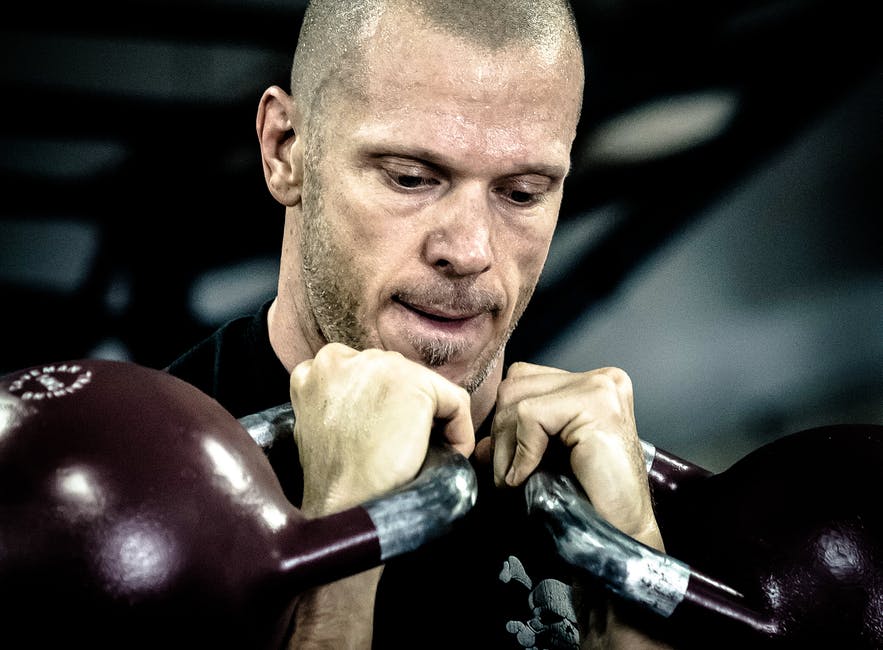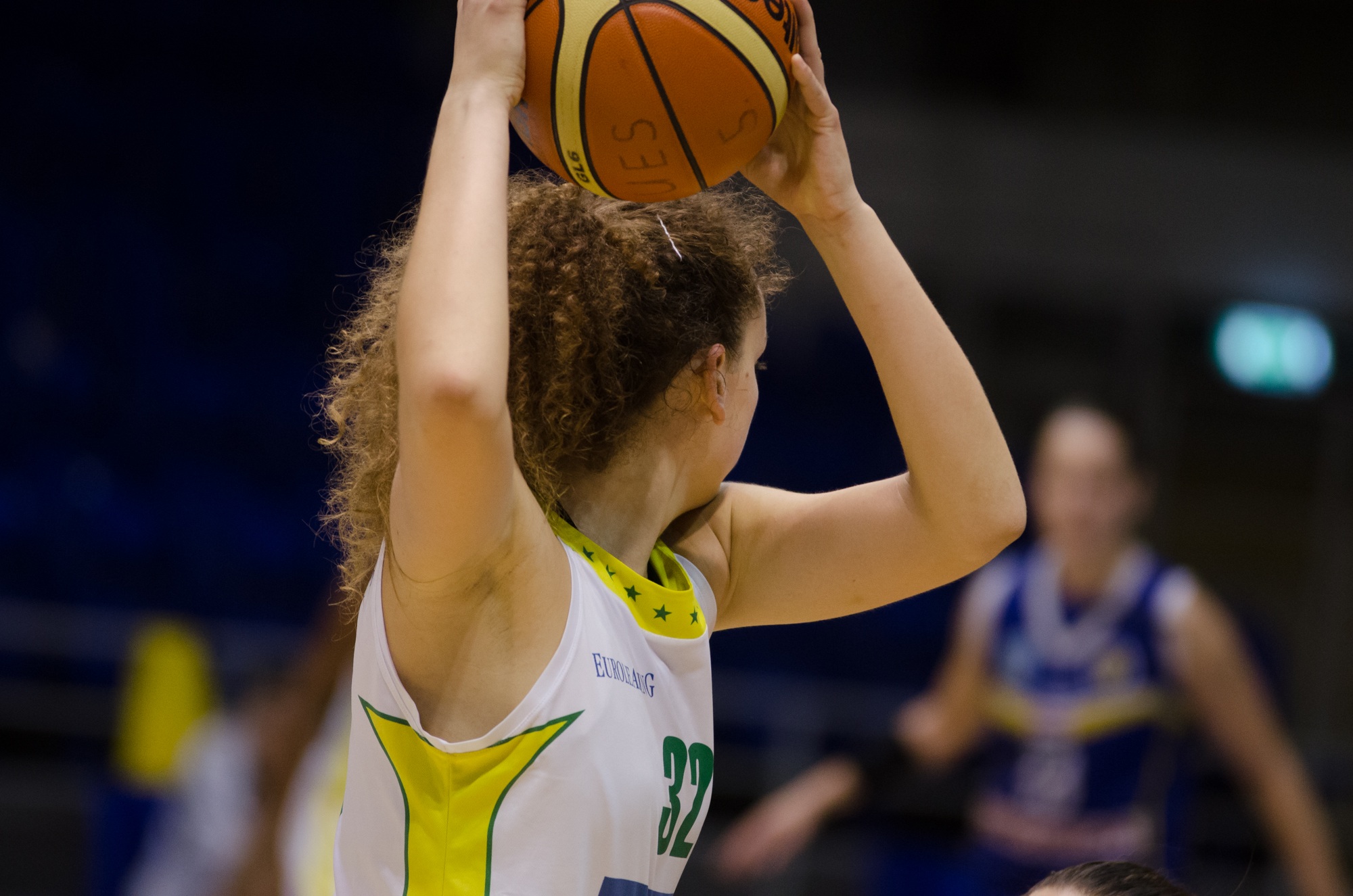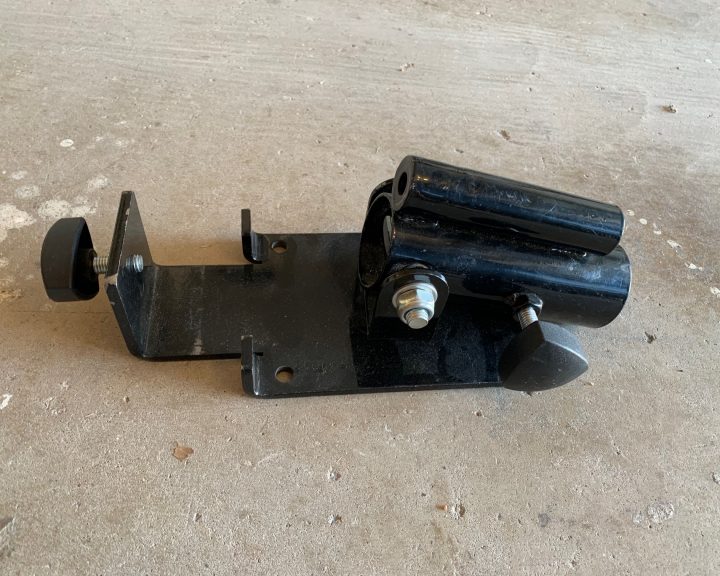Knee wraps are a common piece of equipment used during heavy back squats. Powerlifters, Olympic lifters, strongmen, athletes, and even recreational lifters use them. In theory, knee wraps provide two benefits to a back squat. These include helping you lift more weight through the elastic energy generated by the wraps (they stretch as you descend). The wraps keep the knees “tight.” This gives an impression of security and comfort which can be a strong psychological advantage during a heavy lift.
Having said that, there is not a lot of research on knee wraps. There’s a lot of anecdotal information, but not a lot of research. In the October issue of the Journal of Strength and Conditioning Research, Lake et al study how knee wraps impact the performance of the back squat exercise.
The authors studied ten men who had experience with strength training (on average they could back squat 172% of bodyweight). The subjects had two experimental sessions, the first of which was to perform a 1-RM on the back squat (no wraps). The second involved performing six single repetitions at 80% of 1-RM, with three minutes rest between each rep. Three of the reps were with knee wraps, three were without. Some subjects did the wraps first, some did the non-wrapped first.
Results:
• Wearing knee wraps resulted in a descent phase of the squat that was almost 30% faster than when not wearing knee wraps.
• Wearing knee wraps resulted in an ascent that was 8% faster than not wearing knee wraps.
• Wearing knee wraps increased the peak power of the lift by 15%.
• There was less horizontal displacement of the barbell during the descent and ascending phase of the lift.
Knee wraps provide an advantage to lifters using them which allows them to lift more weight during the exercise. The greater speeds of the lift translate into the wraps storing and then using more elastic energy, which increases power output, which allows for more weight to be lifted. But there is a tradeoff, the horizontal displacement information is significant and suggests that the act of wearing the wraps may for the lifter to be more upright during the lift, reducing the role of the hip and emphasizing the role of the knees in performing the lift. This could be a concern if the desire is to target the hips or if there is a knee injury present.
I do disagree with the author’s recommendation: “We therefore propose that knee wraps not be work during the strength and conditioning process…” There are some things the authors are deliberately not understanding about how knee wraps are employed by lifters. Much like a weight belt, knee wraps are not meant to be worn on every set, they are meant to be worn when the weight is heavy enough that they are needed. If knee wraps are not worn every time the back squat is performed, then there will no muscle imbalances as a result of performing the lift. Technique changes on maximal lifts, technique is extremely ugly on maximal lifts. This is the nature of maximal lifts, it’s also why we’re not supposed to do it a lot in training. Finally, the act of wearing any powerlifting gear (belts, wraps, suits, etc.) is going to change the mechanics of the lift. Again, that’s the nature of the sport and even world class powerlifters are not meant to be training in gear 100% of the time.
Lake, J.P., Carden, P.J.C., and Shorter, K.A. (2012). Wearing knee wraps affects mechanical output and performance characteristics of back squat exercise. Journal of Strength and Conditioning Research, 26(10): 2844-2849.



